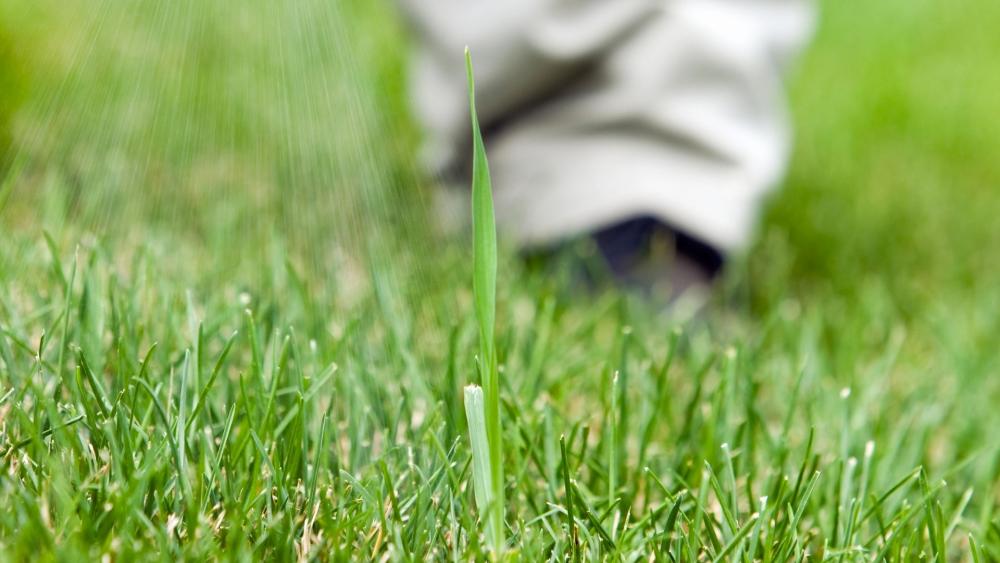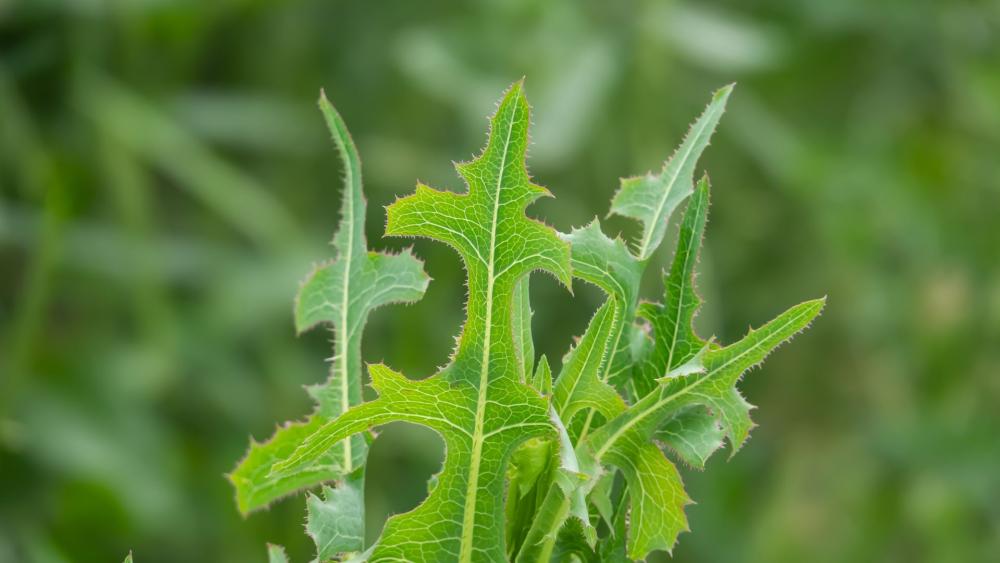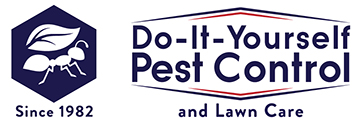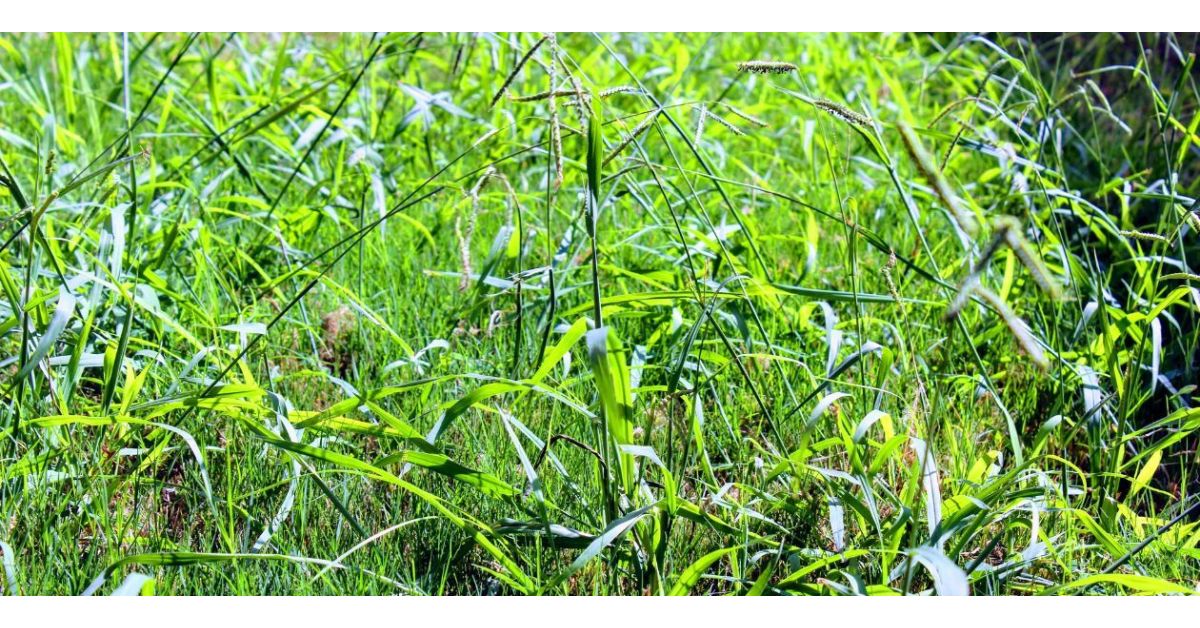Your Guide On When To Apply Pre-emergent Weed Killers
Pre-emergent weed control is an important step in keeping your lawn looking healthy and weed-free. There are many factors to consider when deciding when to apply pre-emergent herbicides, such as the type of weeds you are attempting to control, the climate, and the type of turfgrass you have. In this blog post, we will discuss when to apply pre-emergent herbicides and provide recommendations for some of the most popular and effective types of pre-emergent herbicide products on the market.
What Are Pre-emergent Herbicides?
Pre-emergent herbicides are designed to control weeds by preventing them from germinating and growing. They are most effective when applied before the weed seeds have a chance to germinate. This means that in order for many liquid pre-emergent or granular pre-emergent herbicides to be effective, they must be applied at the right time of year.
The timing of herbicide application will vary depending on the species of weed you are trying to control, as well as the climate you live in. Additionally, not all areas, such as flower beds, are safe for some types of pre-emergents.

Knocking out annual weeds before they get a foothold is key to a healthy lawn.
When Should Pre-emergent Weed Killers Be Applied?
Spring Pre-emergent Herbicides
Springtime is the perfect time to apply an herbicide so you can stop those pesky summer annual weeds before they start growing and seed germination begins. You should use these products when your soil temperature reaches 55 degrees or higher for at least 36-72 hours (ideally two weeks). Most households in the United States experience these temperatures in March and April.
Pre-emergent herbicides work by stopping weed seeds from sprouting, so it's important to apply them before the weeds start growing. If you wait until after the weeds have already started growing, the spring application will be significantly less effective. Apply pre-emergent herbicides to your lawn or garden according to the manufacturer's instructions. Be sure to water the area after applying the herbicide so it can be evenly distributed throughout the soil and minimize product loss from wind.
Fall Pre-emergent Herbicides
A fall pre-emergent application is a key part of any fall lawn care routine. By definition, pre-emergent weed killers are applied before weeds have a solid chance to germinate and take over your lawn. Winter annual weeds are especially problematic, as they can lie dormant in the turf and soil until conditions are just right for them to sprout. That's why it's so important to apply fall pre-emergents at the proper time.
Late summer or early fall is usually the best time to treat winter annual weeds, as this will give the chemical time to work before the weeds have a chance to germinate. Apply pre-emergent when there are three to five consecutive days where the high temperature is only in the mid-70s. This fall application will help ensure that the weed seed is killed before it has a chance to take root. With a little fall lawn care knowledge, you can keep your lawn weed free all season long!
Common Winter Annual Weeds
Poa Annua, Common Chickweed, and Prickly Lettuce are all common winter annual weeds. Poa Annua is a grass that commonly invades lawns in the autumn. It grows in dense mats that crowd out other grasses, making your lawn look patchy.
Common Chickweed is a low-growing weed with small, white flowers. It spreads quickly, smothering other plants in its path.
Prickly Lettuce is a large weed with deep-green leaves. It has a taproot that can reach up to 3 feet long, making it difficult to pull out by hand. All of these weeds are difficult to control once they get established, so it's important to prevent them from taking over your lawn in the first place. Weed prevention tips include maintaining a healthy lawn, mowing regularly, and using herbicides judiciously.

There are numerous pre-emergent herbicides available for a huge range of annual weeds, including weeds like this prickly lettuce.
Pre-emergent Recommendations
- Hi-Yield Weed and Grass Stopper is a pre-emergent herbicide that is effective against a wide range of weeds, including crabgrass and broadleaf weeds. It can be applied to both warm- and cool-season grasses.
- Prodiamine 65 WDG is another pre-emergent herbicide that provides effective control of crabgrass, annual bluegrass, and other common grassy weeds. It can be applied to both lawns and established perennials.
- Agrisel Pendi Hydrocap is a pre-emergent herbicide that is effective against a very wide range of common grasses, including crabgrass, foxtail, and goosegrass. This pre-emergent can also be very effective against burweed, chickweed, and spurge. It can be applied to both warm- and cool-season turfgrasses.
- Dimension 2 EW is a pre-emergent herbicide that specializes in the control of crabgrass, annual bluegrass, carpetweed, knotweed, and various other broadleaf weeds. It can be applied to established lawns, landscape ornamentals, and even commercial sod farms.
- Dithiopyr 40 WSB is a pre-emergent herbicide for use on established grasses. It targets crabgrass, goosegrass, kikuyugrass, annual bluegrass, barnyard grass, spurge, oxalis, and ryegrass. It can be applied to warm-season turfgrasses.
More Questions About When To Apply Pre-emergents?
If you have more questions about when to pre-emergent herbicides, or you need help choosing the right product to kill weeds, contact Do-It-Yourself Pest Control. We'd be happy to help you create a lawn care plan tailored to keeping your lawn looking its best all season long!









